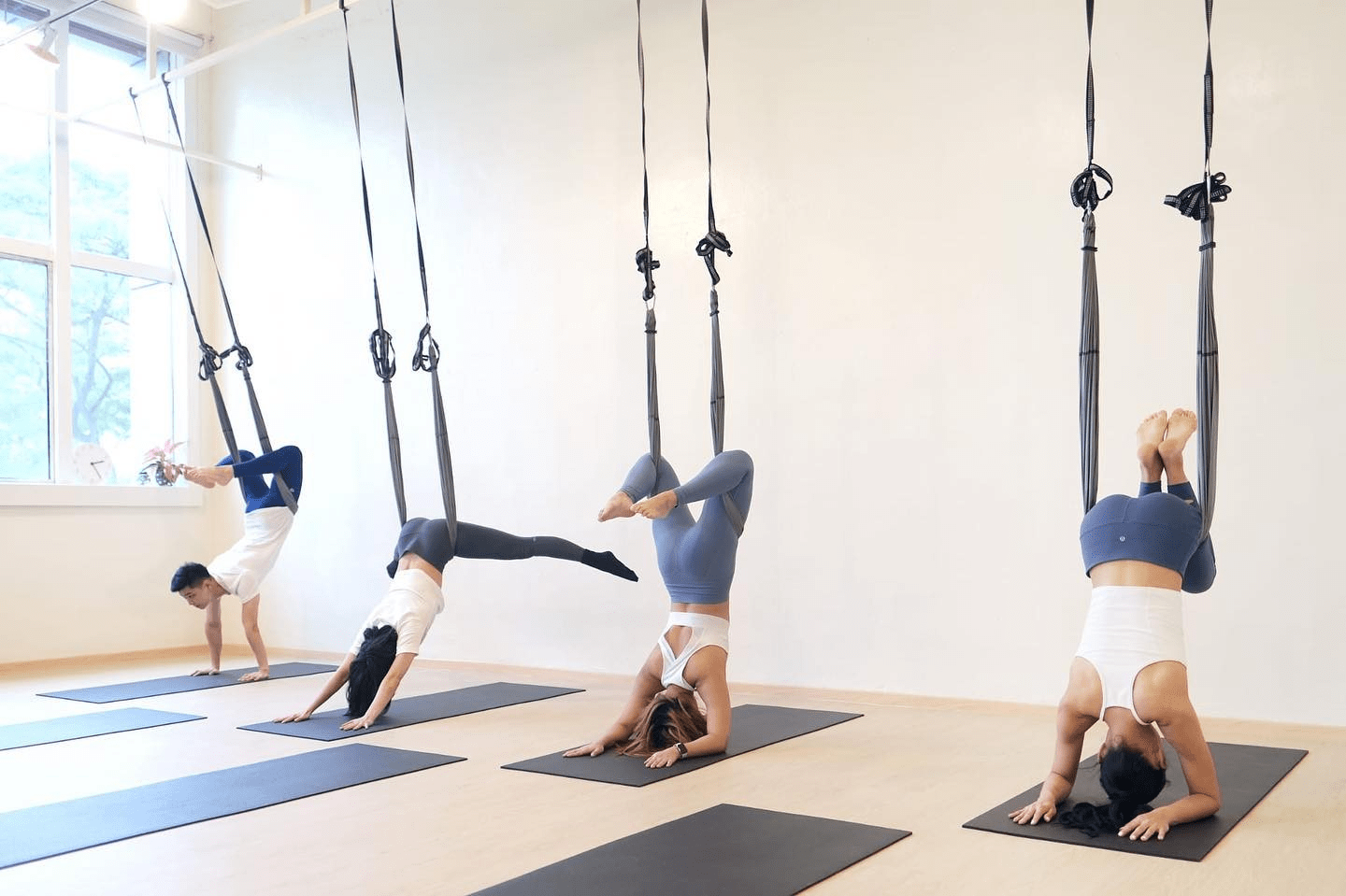Whether you’re new to yoga or looking to deepen your practice, searching for yoga classes near me in Singapore opens up a world of wellness possibilities. But with so many options available, how do you know which class best suits your body, goals, and lifestyle?
Choosing the right yoga class isn’t just about proximity — it’s about finding a practice that aligns with your unique wellness journey. From improving flexibility and building strength to enhancing mental clarity and managing stress, every yoga class offers something different. Let’s explore how to navigate these choices effectively in Singapore’s vibrant yoga scene.
Understand Your Personal Fitness Goals
The first step in selecting a yoga class is defining what you hope to gain. In Singapore, where fitness lifestyles are increasingly diverse, people turn to yoga for various reasons:
- Flexibility and Mobility – If your goal is to improve range of motion, classes like Yin or Hatha Yoga may be ideal.
- Weight Loss or Toning – Power Yoga, Vinyasa Flow, and Hot Yoga are high-intensity practices that elevate the heart rate.
- Stress Relief and Mindfulness – Restorative Yoga or Yoga Nidra is best for calming the mind.
- Postural Improvement and Strength – Iyengar and Core-focused Yoga help with alignment and muscular strength.
Understanding your end goal will help you identify the class structure and style that delivers long-term results.
Consider Your Current Fitness Level and Experience
Not every yoga class is suitable for all levels. Beginners may find advanced Vinyasa flows overwhelming, while seasoned yogis may not be challenged in an introductory class.
In Singapore, yoga studios often categorise their classes into Beginner, Intermediate, and Advanced levels. Reading class descriptions carefully before booking is key. For those entirely new to yoga, a foundational or introductory class is the best way to build confidence, learn correct form, and avoid injury.
Location, Convenience, and Class Timing
It’s tempting to try out trending studios across the island, but in the long run, consistency matters. Opting for yoga classes near me ensures accessibility, especially during busy workdays.
In Singapore, MRT-accessible locations and classes during early mornings, lunch breaks, or evenings are highly sought after. Evaluate:
- Proximity to your home or workplace
- Parking availability or ease of public transport
- Class schedule compatibility with your routine
Even the best class won’t help if you find it hard to attend regularly.
Instructor Credentials and Teaching Style
A class is only as good as its instructor. Certified, experienced teachers know how to cue postures clearly, offer modifications, and ensure safe alignment.
Some instructors may focus more on physical postures, while others bring in elements of breathwork and philosophy. Trial sessions are a great way to experience different teaching styles and find the one that resonates with your learning preferences.
Many Singaporean studios, including Yoga Edition, feature detailed instructor profiles so you can choose based on specialisations and teaching approach.
Class Size and Studio Environment
Singapore’s yoga culture includes both boutique studios with intimate group sizes and larger establishments with big class capacities. The atmosphere you prefer can influence your comfort and progress.
- Smaller classes allow for more personalised attention
- Larger classes may offer a more energetic, community-like vibe
Also take note of the studio’s facilities — is there sufficient space for mats? Are props like blocks and straps available? Is the environment clean and tranquil? These small details add up to a more fulfilling practice.
Types of Yoga Classes and What to Expect
Here’s a breakdown of popular yoga classes offered near you in Singapore, each suited for different goals:
- Hatha Yoga – A great starting point with basic poses and breathing techniques.
- Vinyasa Flow – Dynamic and fluid; ideal for improving stamina and cardiovascular health.
- Yin Yoga – Deep stretches held longer to enhance flexibility and mindfulness.
- Hot Yoga – Practised in a heated room to detoxify and strengthen.
- Prenatal Yoga – Tailored for pregnant women focusing on breathwork, posture, and pelvic strength.
- Aerial Yoga – Uses hammocks for decompression and core work; fun and challenging.
Trial Classes: The Smart First Step
Many studios across Singapore offer trial packages or drop-in sessions. This is an excellent way to:
- Evaluate the teaching quality
- See if the studio ambience suits you
- Experience the flow and challenge of a class before committing long term
Trying 2–3 different styles will give you clarity about what truly works for your body and mind.
Don’t Forget the Community Element
The best yoga classes offer more than physical benefits — they provide a sense of connection. Look for studios or classes that host wellness events, workshops, or post-class meetups. Feeling part of a community can greatly enhance motivation and consistency.
Budget and Membership Options
Affordability is also a factor. In Singapore, yoga class prices vary depending on the studio’s location, reputation, and facilities. Options include:
- Drop-in sessions
- Class packs (5/10/20 sessions)
- Unlimited monthly passes
- Corporate discounts or student rates
Consider what gives you the best value while aligning with your goals.
Monitor Your Progress
Once you’ve chosen a suitable class, track your progress over weeks and months:
- Are you more flexible?
- Do you feel less stressed?
- Is your posture improving?
- Are you more consistent with your routine?
Adjust your class type or frequency if your current setup isn’t delivering the desired results.
Frequently Asked Questions (FAQ)
Q: What should I bring to my first yoga class in Singapore?
A: Bring a water bottle, towel, and your own mat (unless the studio provides one). Dress in comfortable, breathable activewear. Most studios offer changing facilities and lockers.
Q: I have zero flexibility — can I still join yoga classes near me?
A: Absolutely. Yoga is designed for all bodies and all fitness levels. Flexibility improves over time. Start with beginner-friendly classes like Hatha or Yin.
Q: How often should I attend yoga classes per week to see results?
A: For beginners, 2–3 times a week is ideal. As you progress, you can increase the frequency depending on your goals and recovery time.
Q: Is there a difference between yoga studios and gyms offering yoga?
A: Yes. Dedicated yoga studios often provide a more immersive experience, experienced instructors, and a greater variety of styles. Gyms may offer generalised classes but might lack the depth and focus.
Q: Can yoga help with back pain or posture issues?
A: Definitely. Many yoga poses strengthen core muscles and improve spinal alignment. However, it’s best to consult your instructor and start with gentle classes if you have existing conditions.





